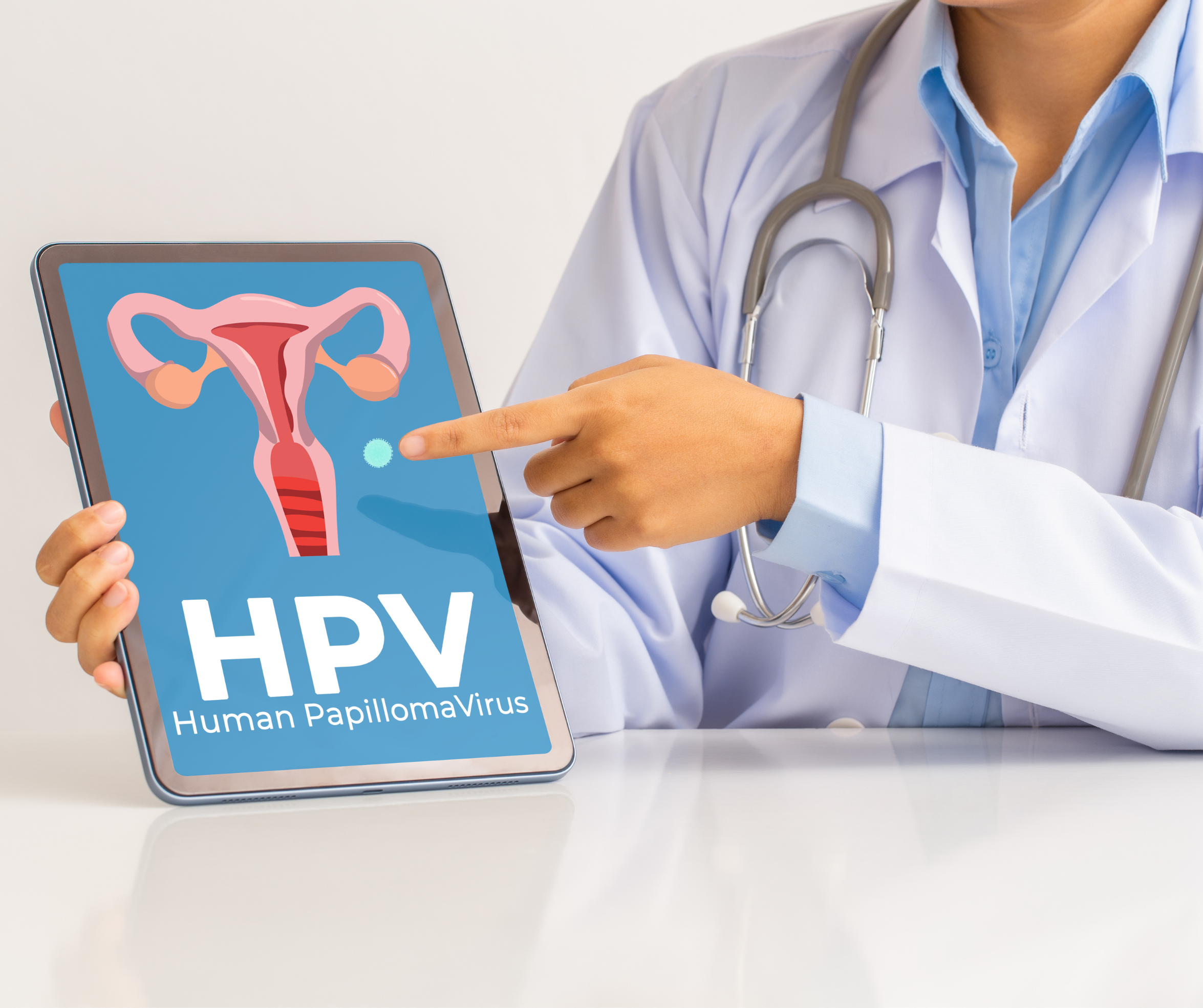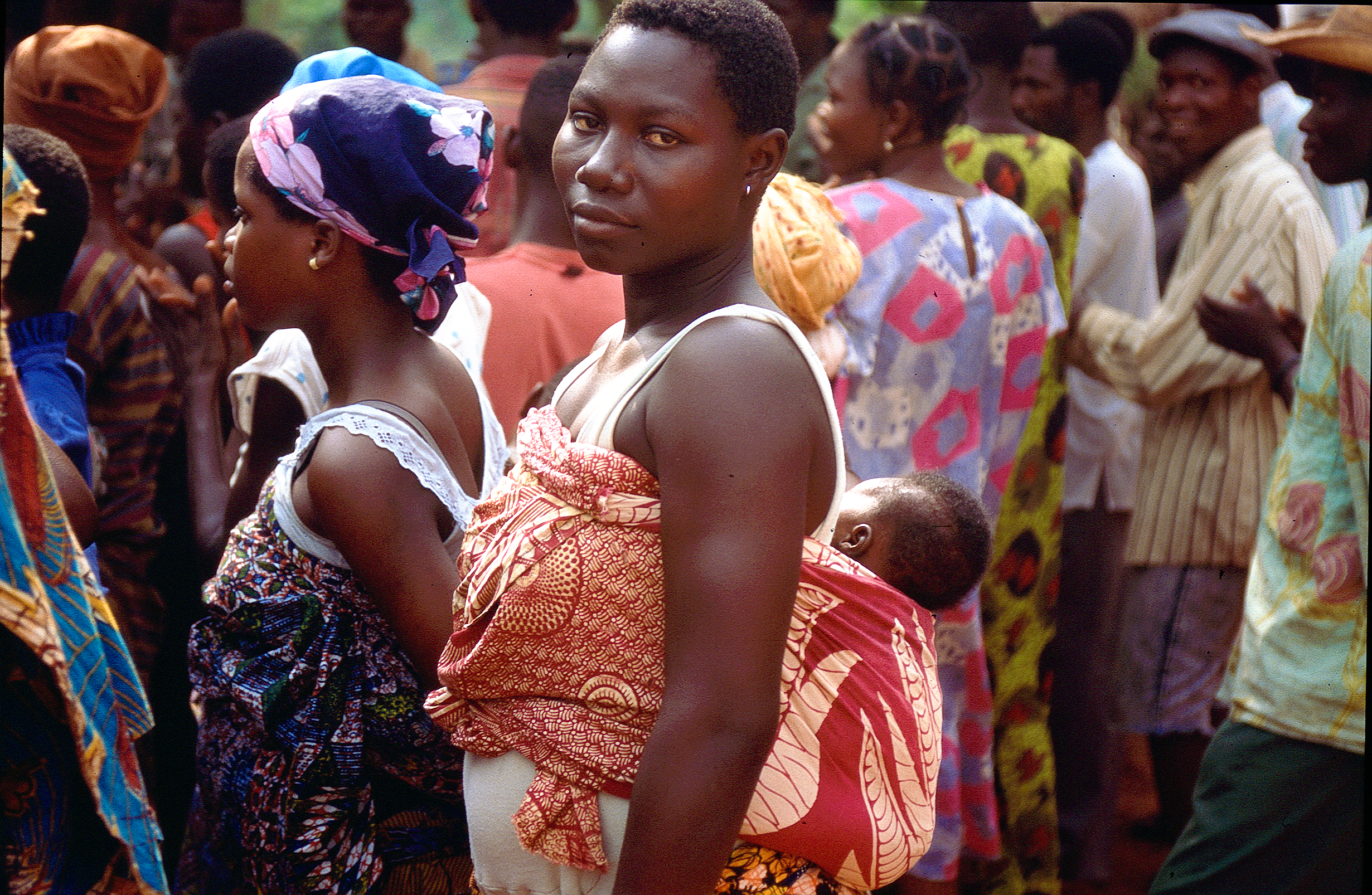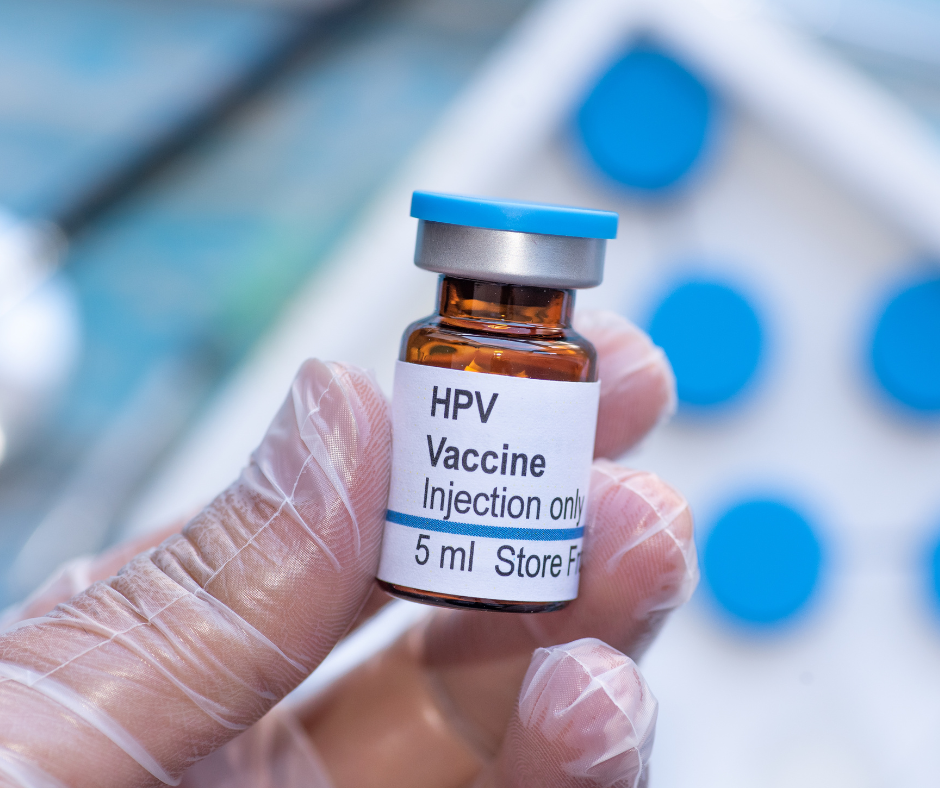The significance of HPV extends beyond its role as a sexually transmitted infection, as it is one of the most common viruses globally. Understanding various aspects of HPV, from its transmission to its potential health implications, is crucial for informed public health initiatives, vaccination strategies, and individual health decisions.

According to WHO, Human papillomavirus (HPV) is one of the most common causes of viral infections that transmits through sexual activities and skin-to-skin contact. Most infected people living with HPV often have no symptoms. In cases that present with the disease, HPV affects mostly on genital areas, skin and throat. Currently, we have known 200 types of HPV with 85 characterised types, including types causing cervical cancer and genital warts[1].
To categorise HPV strains, they are divided into high-risk and low risk groups[2].
- High-risk HPVs include 12 types which can cause several types of cancer. HPV 16 and HPV 18 are the most well-known because of their responsibility for most HPV-related cancers.
- Low-risk HPVs, even rarely cause cancers, but can lead to warts on or around genital areas, anus, mouth or throat.
HPV is the most common cause of cervical cancer in women. It is also the reason for 5% of all cancers worldwide. 95% of people who are infected with HPV and are not treated properly will be at risk of cervical cancer and other less common cancers such as vaginal, penis, anus, vulva and throat cancers[3].

The prevalence of HPV is higher among people with high-risk sexual behaviours, and immunocompromised people including people living with HIV, co-infection with other sexually transmitted infections (STIs), and people using immunosuppressive medications. The rate of incidence and mortality of HPV-related cancers also reflect inequalities in health care conditions among developed and developing countries. A comprehensive systematic review and meta-analysis showed the prevalence of HPV infection among women was 12% on average and it varied by sexual behaviour trends, socio-economic status and geographical regions such as Sub-Saharan Africa, Eastern Europe, and Latin America, where HPV prevalence was 24.0%, 21.4% and 16.1% respectively[4]. Not only women, men also have a high proportion of HPV infection. Another systematic review and meta-analysis reviewing documents from 1995 to 2022 indicated the prevalence of any HPV among male population was 31%, and 21% for high-risk HPV[5].
Cervical cancer is the most popular cancer caused by HPV. Following the GLOBOCAN 2020 data, it has been estimated that there were 604 127 new cases and 341 831 deaths from cervical cancer each year[6].

Vaccination is one of the most effective ways to prevent HPV infection, cervical cancer, and other HPV-related cancers. By screening for cervical precancers, cervical cancer can be detected and treated before it progresses further.
[1] WHO, Human papillomavirus and cancer, 2023. https://www.who.int/news-room/fact-sheets/detail/human-papilloma-virus-and-cancer
[2] National cancer institute. HPV and Cancer. https://www.cancer.gov/about-cancer/causes-prevention/risk/infectious-agents/hpv-and-cancer#:~:text=High%2Drisk%20HPVs%20can%20cause,for%20most%20HPV%2Drelated%20cancers.
[3] https://www.who.int/news-room/fact-sheets/detail/human-papilloma-virus-and-cancer
[4] Bruni, L. et al. Cervical human papillomavirus prevalence in 5 continents: Meta-analysis of 1 million women with normal cytological findings. J. Infect. Dis. 202, 1789–1799. https://doi.org/10.1086/657321
[5] Laia Bruni et al, Global and regional estimates of genital human papillomavirus prevalence among men: a systematic review and meta-analysis. The Lancet Global Health. Volume 11, Issue 9, 2023, Pages e1345-e1362, ISSN 2214-109X, https://doi.org/10.1016/S2214-109X(23)00305-4.
[6]Cervix uteri Source: Globocan 2020 https://gco.iarc.fr/today/data/factsheets/cancers/23-Cervix-uteri-fact-sheet.pdf
